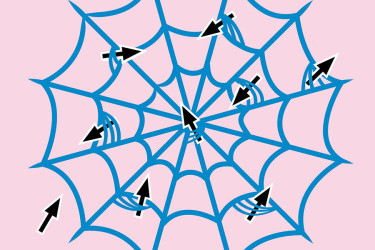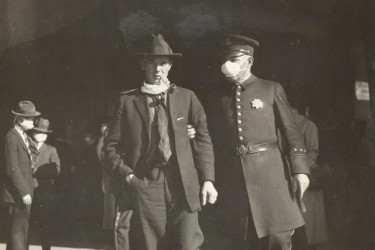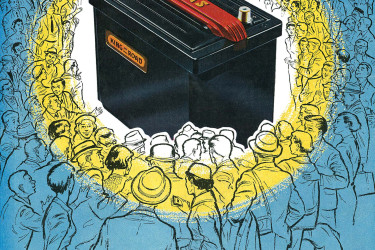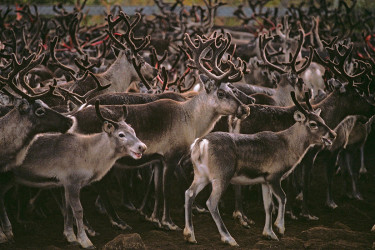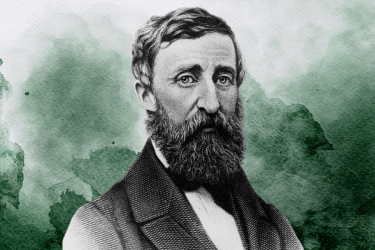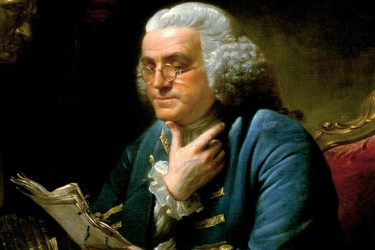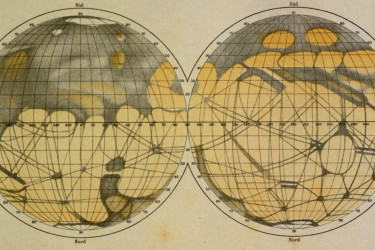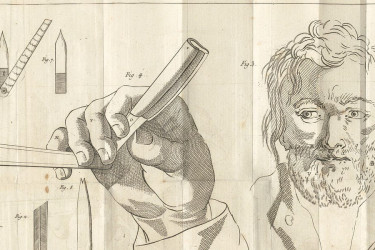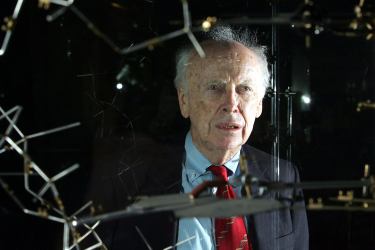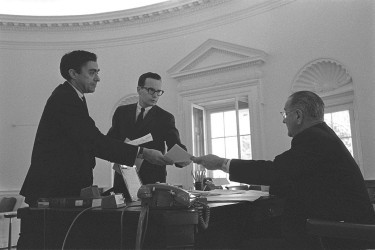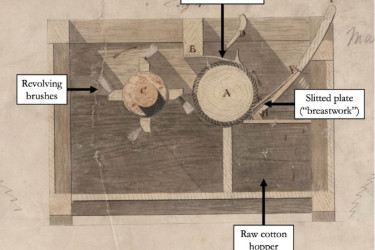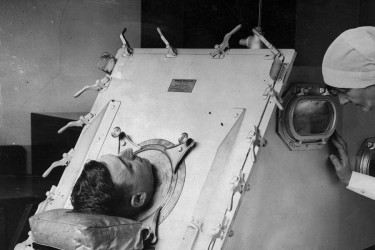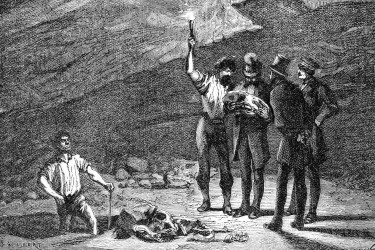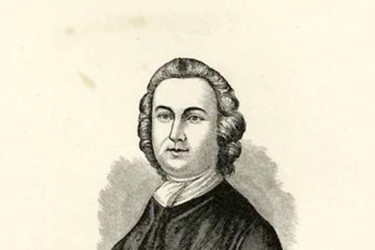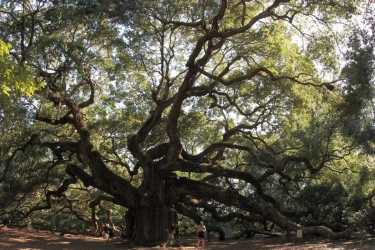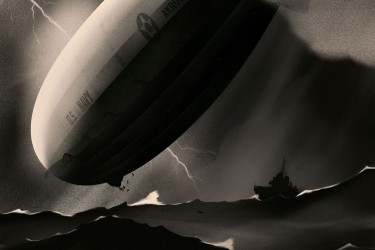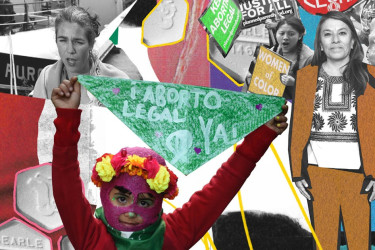Science
Exhibits

“Natural” Disasters
A collection of stories about previous generations’ ways of dealing with meteorological calamity and its aftermath..

American Environmentalisms
Tracing the many forms that environmentalism has taken in the U.S., from transcendentalism and conservationism to the 20th century push for regulation to today's climate justice movement.

Epidemic Proportions
How Americans have understood epidemics, from the Columbian Exchange to COVID-19.

Climate Crisis
The levels of carbon currently in the Earth's atmosphere are unprecedented in the historical and geological records. Still, the climate crisis does have a history.

1918 Flu Pandemic
Its public health implications in 1918-19, and the way it's been remembered in the years since.

COVID-19 in History
Living through a momentus time has prompted many reflections on what the past has to teach us about why the pandemic took the shape that it did – and how we can better respond to it.

Scientific Americans
An exhibit about some of the ways that pursuits in the natural and physical sciences have helped Americans understand their world.

